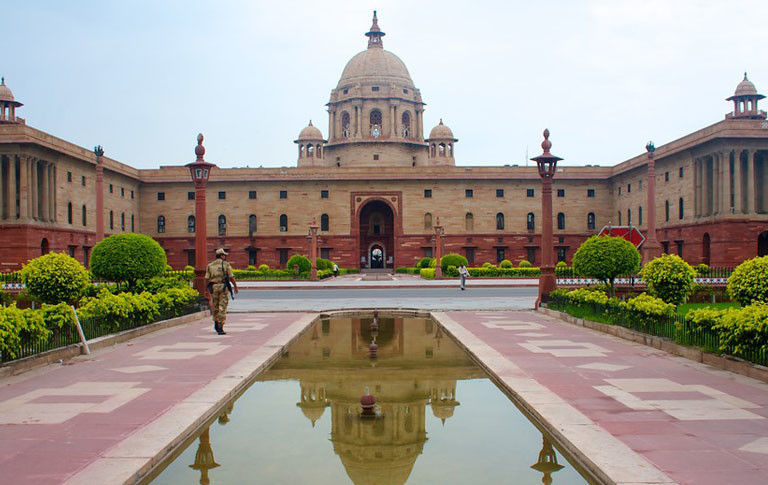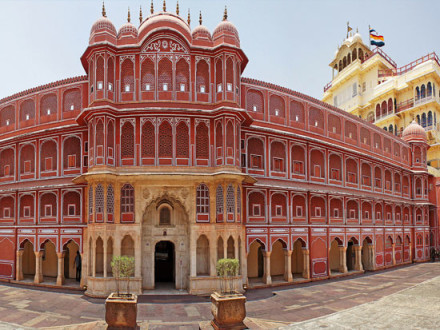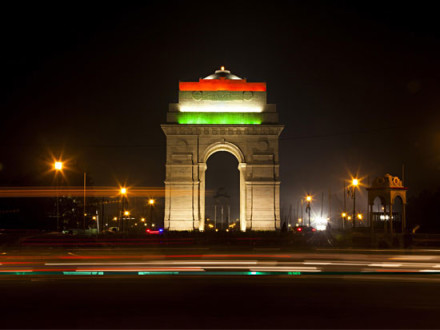Official home of the president of India Rashtrapathi Bhavan, located in New Delhi the presidential residence is referred to a mansion comprising of 340 rooms in the main building. The mansion comprises of the presidents official residence, halls, guest rooms and offices.
The presidential estate also includes a huge Mughal garden also called the presidential garden. The mansion comprises of open spaces, and houses residence of armed bodyguards, staffs and other offices within the perimeter of the bhavan. The main palace building was known as Viceroys house. As far as the area of the presidential house goes it stands second in the world after the Quirinal palace in Rome.
The Eastern side of the Rashtrapathi Bhavan was earlier known as the Viceroys house. The Rashtrapathi Bhavan came into existence as a residence for the British Viceroy after the decision to shift the capital of India from Calcutta to Delhi was decided in a Delhi Court in 1911. The Viceroys house was spread across 4000 acres of land and it was officially called Viceroys house. 300 families were relocated under the land acquisition act from the Raisina and Malcha villages to construct the Viceroys house.
British architecture
Edwin lutyen was handed over the responsibility of planning the building. The British architect was inspired by Indian architecture and his design was grand, classical and detailed with a lot of Indian influence. The design of the house also witnessed the Edwardian Baroque influence as it fell into the Edwardian times. Heavy classical motifs to showcase imperial prowess and authority were used to embellish the house. The building used hardly any steel in its making and the design of the house was complicated, long and had a lot of political questioning about its coming to form.
Lutyens Designing of the house however was very European and classical but to maintain sensitivity to the local surroundings several circular stone basins, traditional Indian Chajja, several chuttris on the roofline, were added. Lutyen used Indian designs appropriately without overdoing the façade of the house. The chuttri were used on roofline where the domes were not present. The use of elephant’s statue on the structure was done too but sparingly. The grilles made with Jaali inspired from designs of Rajasthan were placed too. The Jaalis prevent water from the rain and excess sunlight from entering in.
Mughal garden
The Rashtrapathi Bhavan also houses a splendid Mughal garden. The garden is circular and it houses office of the horticulturist, nursery, stores, and a green house. The garden houses collect visit the ion of Bonsais that are considered to be the best in the country. The impacts of the gardens have been so strong on all the resident presidents here that they have all ensured the garden remained well maintained.
In 2014 President Pranab Mukherjee inaugurated a museum which was opened to public viewing and offered an insight on all the things the Rasthrapathi bhavan houses. Tourist can visit the Mughal garden that’s open for general public viewing during February-March every year.




